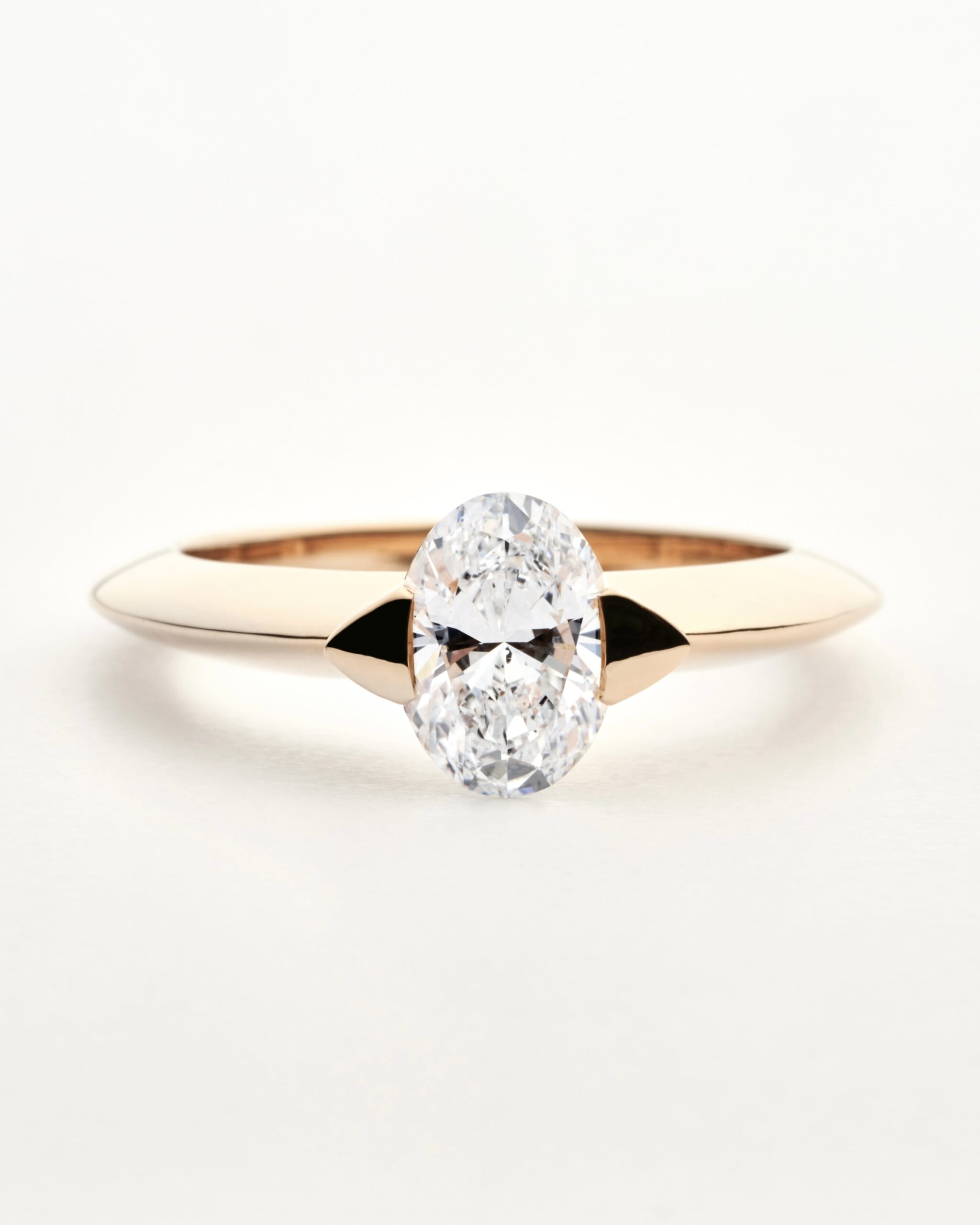Flavia Tschanz Explores African Gemstone Origins
After relocating to Kenya, Swiss jewelry designer Flavia Tschanz is on a mission to trace the origins of gemstones by visiting various mines across Africa.
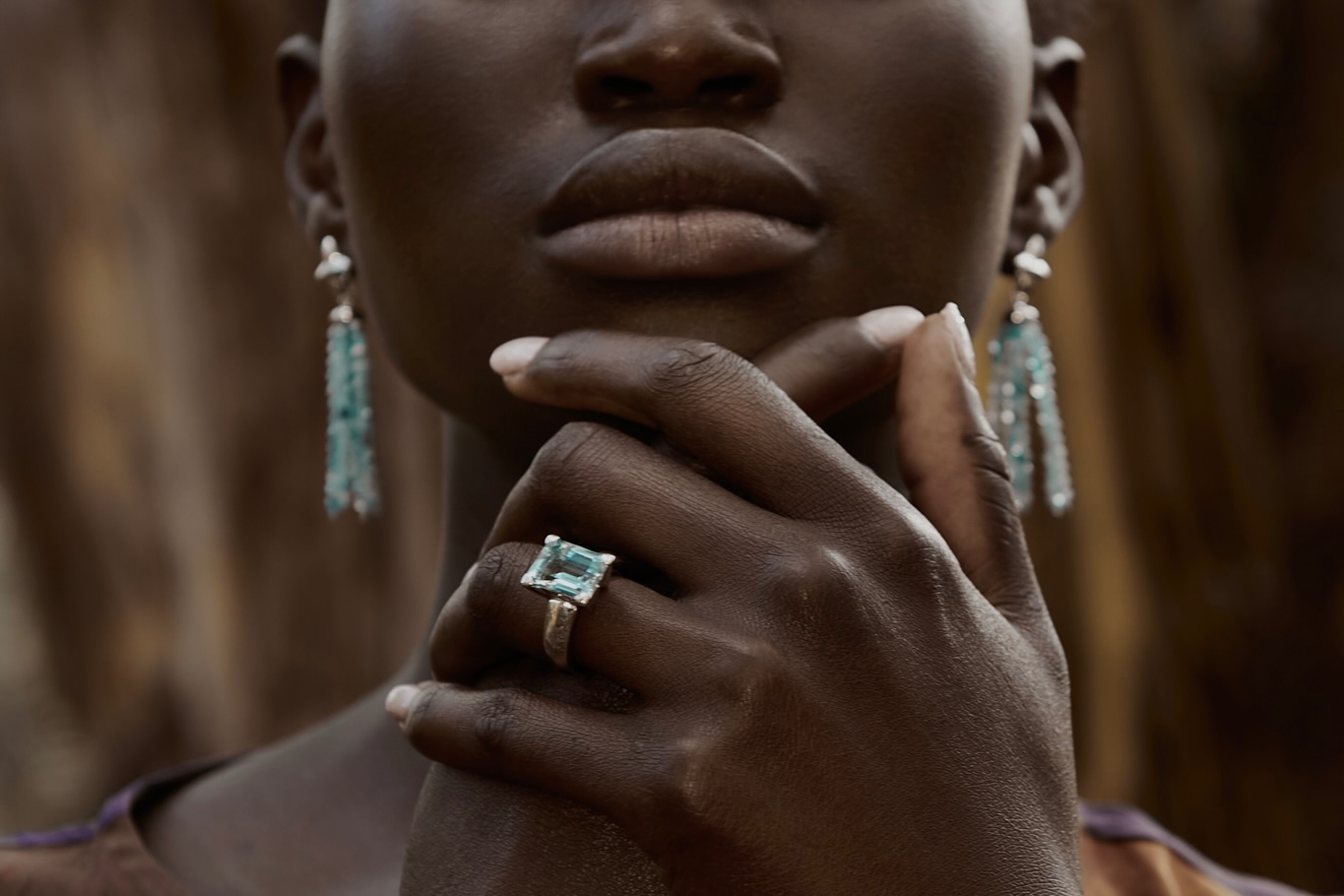
Photo Courtesy of Flavia Tschanz
Stepping into Flavia Tschanz’s (41) jewelry atelier feels like discovering a hidden gem nestled in a quiet picturesque square near St. Peter‘s Church. Although it is located in the heart of the city, her atelier offers a peaceful escape from the bustling crowds, making it the ideal spot to explore her exquisite and diverse jewelry collection. Flavia has been self-employed for over a decade and opened her eponymous atelier in 2014. She offers a stunning range of jewelry, including earrings, bracelets and necklaces, all designed by her. Surrounded by gold, silver and a wide variety of gemstones, her creations are perfect for engagements, weddings, births and other special occasions. Flavia also designs bespoke pieces tailored to her clients’ needs and provides alterations and repair services.

Flavia Tschanz, jewelry designer and founder of her eponymous Zurich-based atelier
From Zurich to Nairobi
Flavia Tschanz is currently deepening her expertise in gemstones and their origins by visiting different mines and promoting transparency and traceability in the gemstone industry. In the summer of 2023, she relocated to Nairobi, Kenya, with her husband and two children after he accepted a position with the Federal Department of Foreign Affairs. She entrusted her Zurich atelier to the capable hands of experienced goldsmith Nicole Braun. Although far from her atelier, Flavia has embraced the opportunity to explore a new facet of jewelry creation – focusing on the mining and cutting of gemstones, as well as the people behind the process. From her new base in Kenya, she is tracing the origins of gemstones, gaining invaluable firsthand insight into how they are mined, cut and transformed into the exquisite pieces showcased in her atelier. Flavia’s goal is to promote transparency and traceability throughout the journey of each gemstone, from Kenya to Zimbabwe, Botswana and beyond.
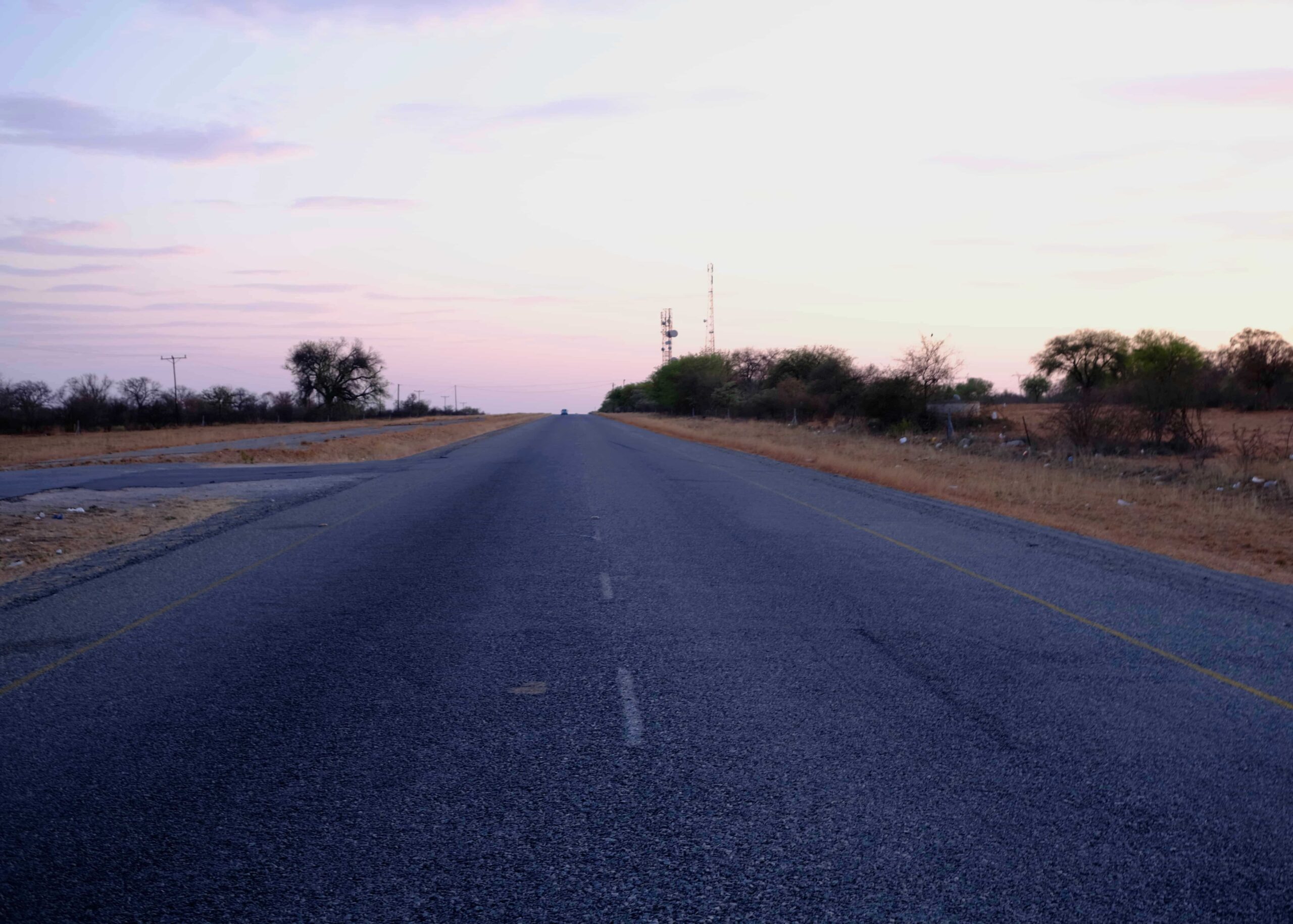
On the road in Botswana, October, 2024
Tsavorite and Rhodolith Mine in Kenya
Flavia visited the Tsavorite and Rhodolite mine in Kenya, which include both the primary and secondary deposits of tsavorite, a vivid green variety of garnet, and rhodolite, a violet or red variety of garnet. She explains the dominance of artisanal mining, noting, “in Africa and elsewhere in the world, around 80 percent of colored gemstones are still mined by very simple means”, adding, “often, the deposits are rural and located in remote places”. Flavia further describes her experience: “With shovel and pick, we helped dig a pit. The rock is sieved and then examined for gemstones. You sit on the ground while doing this.” She then ventured into a 60-meter-deep tunnel at the primary deposit, illuminated only by headlamps. With each step, the heat intensified in the unsecured mine. At the end of the tunnel, she encountered a smiling, bare-chested man with a steel rod in one hand and a hammer in the other, working in the mines. It was here that Flavia had the chance to try her hand at mining. Flavia has incorporated both tsavorite and rhodolite into her jewelry designs, such as the Kidogo Tsavorith earrings, which showcase 2.16ct tsavorite set in 18k white gold and the Lala Salama Rhodolite ring, featuring a 5.72 ct rhololite garnet from Voi, Taita Taveta, Kenya, set in 18k rose gold.
All-Female Gemstone Mine in Zimbabwe
Flavia Tschanz has been working for two years with the supplier Zimbaqua Mine in Karoi, Zimbabwe, the world’s first all-female gemstone mine. By combining ethical mining practices with a strong social impact, Zimbaqua empowers women and ensures traceability from mine to market. Flavia emphasizes the positive impact on the community: “A job at Zimbaqua provides women with a fair wage, allowing them to support their children’s education and well-being while making a positive contribution to both the local and national economy.” Gemstones found at Zimbaqua include aquamarine, beryl, morganite and quartz – which can be seen in Flavia’s jewelry pieces. One example is the Zimbaqua ring, featuring aquamarine in a serene, sea-like blue-green tint with an elegant emerald cut.

Zimbaqua ring
Emerald-cut aquamarine set in 18k white gold
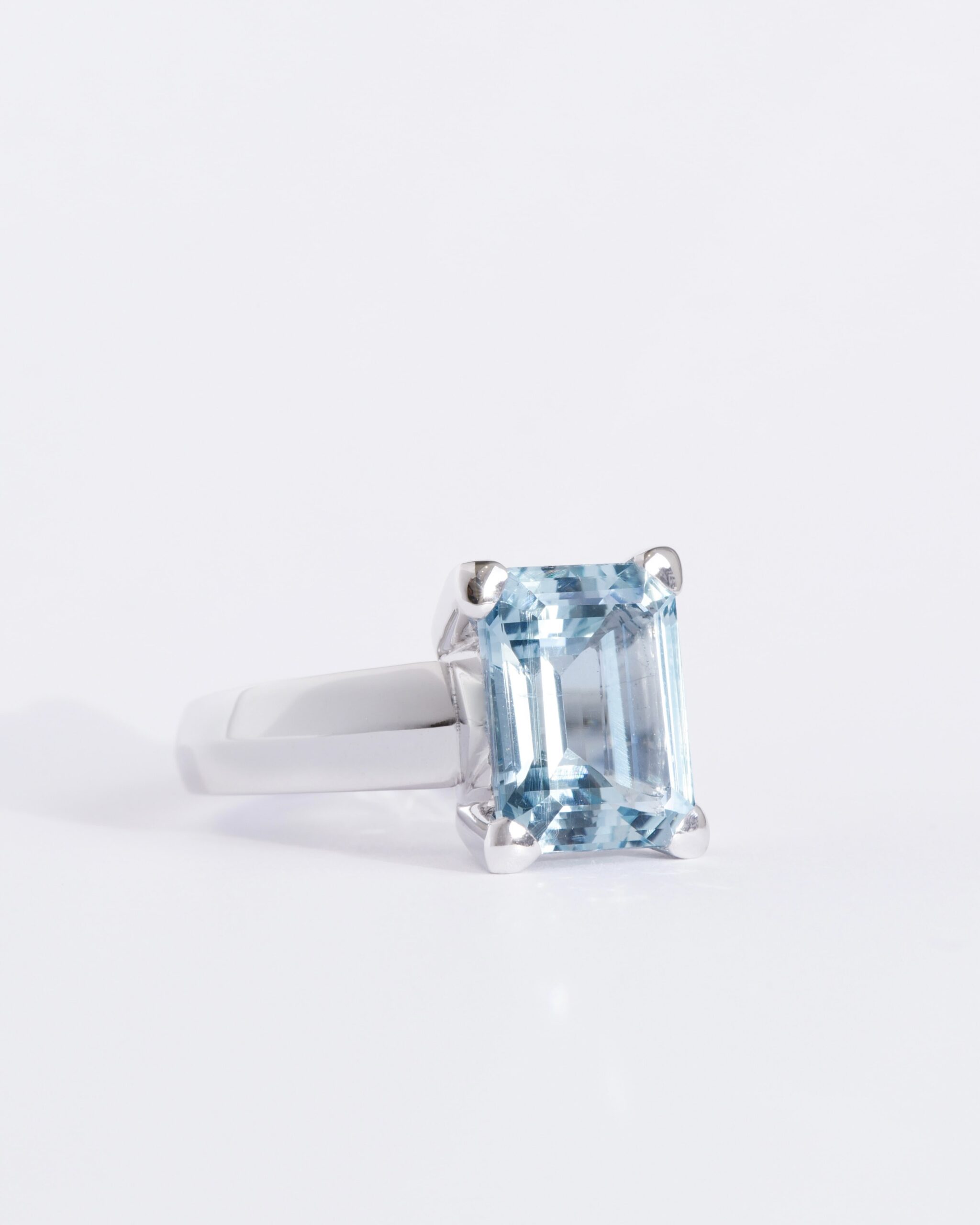
Zimbaqua ring
Emerald-cut aquamarine set in 18k white gold
Diamond Mines in Botswana
Flavia also traveled to Botswana, one of the world’s leading diamond producers. Diamond mining has played a significant role in Botswana’s economic development since the discovery of its first diamonds in 1967, a year after gaining independence. The industry was crucial in lifting Botswana out of poverty. It was during this period that the diamond company De Beers identified diamond deposits in Orapa, leading to further discoveries. In 1969, the government of Botswana and De Beers formed a joint venture, Debswana, to manage diamond mining operations. Today, the four mines located in Orapa, Letlhakane, Damtshaa and Jwaneng continue to drive the country’s economic growth. The impact of diamond mining is evident in Botswana’s infrastructure, healthcare and education systems.

Orapa Mine entrance
Botswana, October, 2024
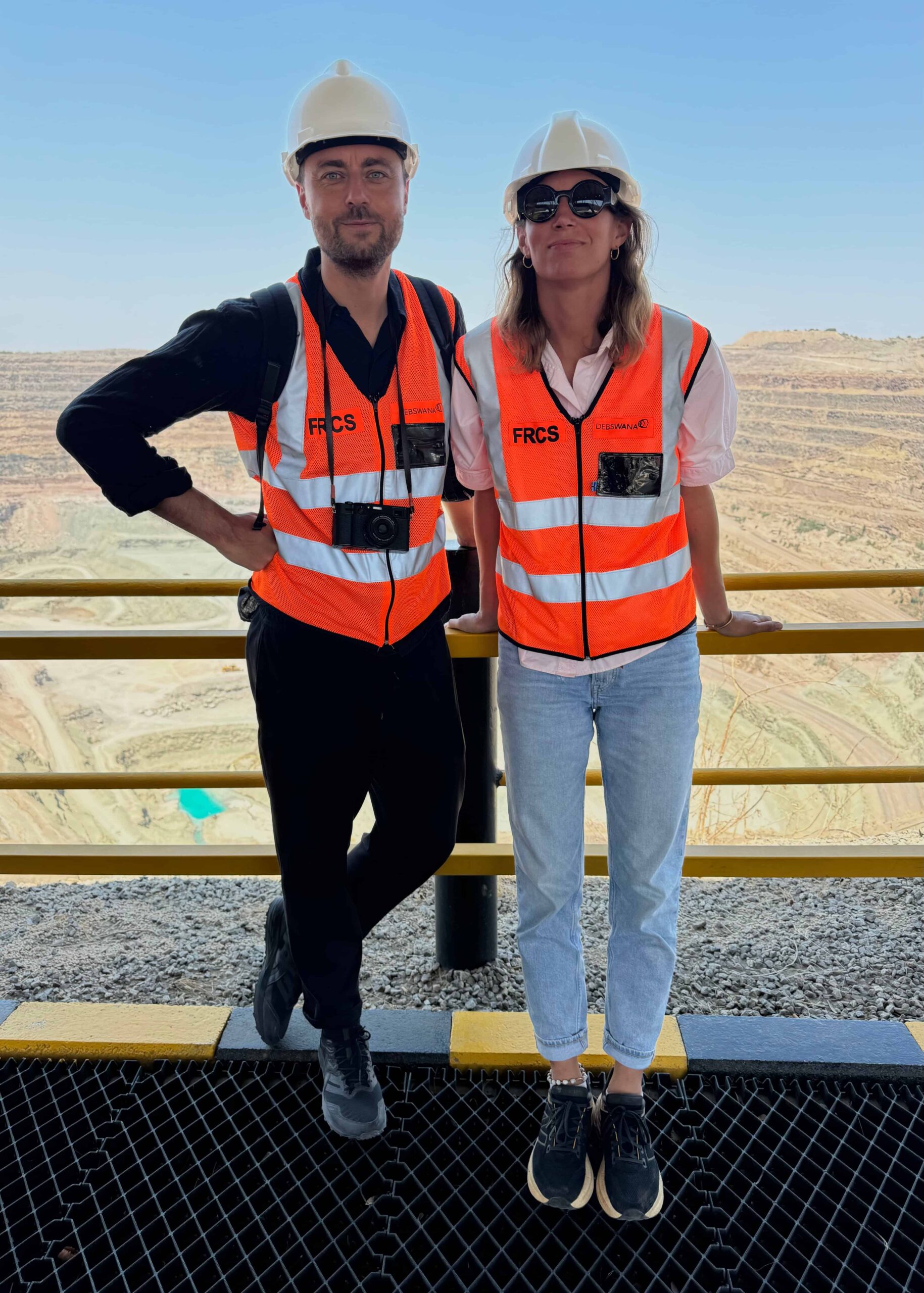
Flavia Tschanz and Swiss journalist Samuel Misteli at the Orapa Mine
Botswana, October, 2024

Tour of the Orapa Mine
Botswana, October, 2024
Reflecting on her visit, Flavia shares, “Botswana’s success story is well-known to many and is unique in many ways. That’s why I was eager to travel to the country to learn more and hear from the people themselves.” In Letlhakane, Flavia gained firsthand insights into the working conditions by engaging with mine workers. She also explored the history of Botswana’s diamonds and toured the open-pit Orapa Mine, the largest diamond mine in the world, spanning nearly two kilometers in width and about one kilometer in length. Flavia’s experiences at the mines reinforced her commitment to transparency and traceability in the gemstones she uses. Inspired by Botswana’s rich diamond heritage, she says: “It is precisely from this country that I want to source natural diamonds for our jewelry.”

Flavia Tschanz at the Orapa Mine
Botswana, October, 2024
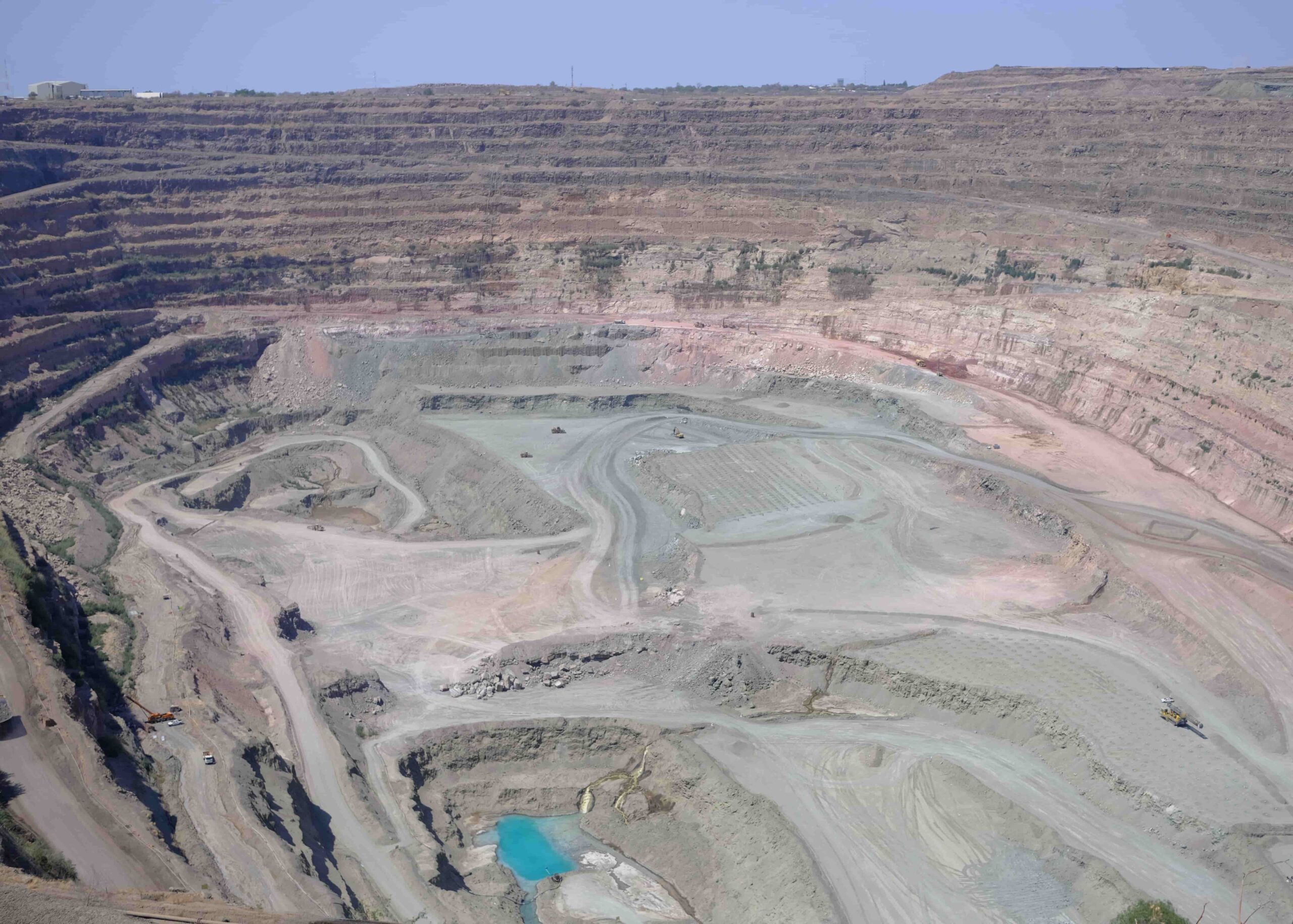
Orapa Mine
Botswana, October, 2024
This goal became reality in May 2024, when Flavia designed her first piece featuring a diamond from Botswana, offering full traceability to its origin. The Solitaire Ring showcases an oval-shaped diamond set in 18k rose gold, accompanied by GIA and Botswana Mark certification. As a partner of Flavia Tschanz, the Botswana Mark ensures the responsible production of diamonds that respect both people and the planet, providing a fully transparent supply chain from source to end customer. This partnership reflects their shared commitments to transparency, traceability and the well-being of communities and the environment.
Bringing Africa’s Gem Legacy into Jewelry Design
On her website, Flavia Tschanz shares her clear vision when selecting the perfect gemstone: “We know its origin, under what conditions it was mined and whether those working in the mines have been fairly paid.” Her move from Zurich to Nairobi has giver her a unique opportunity to trace the origins of gemstones firsthand. Through visits to mines in various African countries, Flavia has gained invaluable insights into the gemstone industry, from mine to market. Along the way, she has come to understand the profound impact these stones have on local communities, especially women and the national economies. Flavia’s pursuit of deepening her expertise in gemstones and their origins has not only enhanced the traceability and transparency but also provided her with valuable stories to share with her community from afar. Through her journey, she offers a glimpse into the world of a jewelry designer and the wonders of African gems.
Discover more about Flavia Tschanz at:
flaviatschanz.ch
@flaviatschanz
Flavia Tschanz
St. Petershoffstatt 4
8001, Zurich
Switzerland
This article was published in partnership with Flavia Tschanz.



